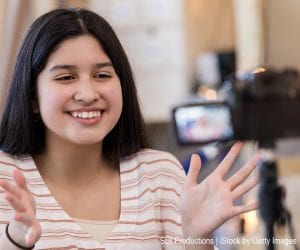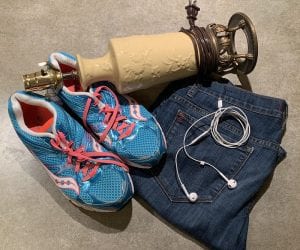Teachers around the world have been using the World of 7 Billion student video contest to promote global learning and provide an opportunity for students to practice 21st century skills. But this year the student video contest has even more going for it – it’s an easy project to integrate into blended or distance learning classrooms!
What is the World of 7 Billion Student Video Contest?
Now in its 10th year, the contest challenges students to create a short video that connects human population growth to another global challenge, and offer an idea for a sustainable solution to the problem. Students are sure to discover countless ways our world is interconnected, local inputs have global outputs, and how they can be part of a sustainable and just future.
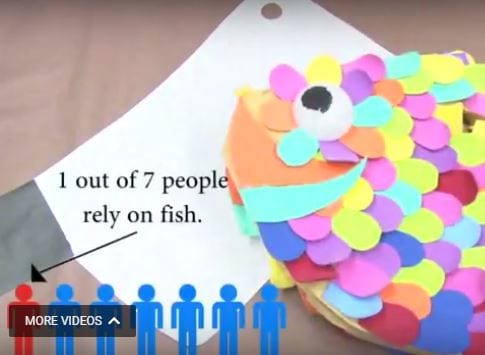
Screenshot from 2017-2018 winning video.
The contest is open to middle and high school students worldwide. (Video entries must be in English or include English subtitles.) Teacher and student specific resources are available and compatible with Google Classroom. Cash prizes of up to $1,200 will be awarded to the 18 top videos, along with best in state and best in region winners. Teachers that use the contest in their classroom are eligible to receive a complimentary set of digital curriculum resources.
Contest Topics Are Timely Issues Students See in the News
This year’s three global challenges couldn’t be more relevant for 2020. As your students consider how aspects of their chosen challenge relates to human population, they’ll deepen their knowledge base, increase their global awareness, and gain empathy as a citizen of the world.
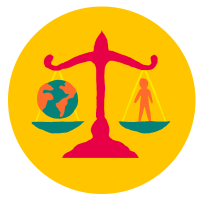
Promoting Environmental Justice
Environmental injustice manifests in many ways, in both urban and rural communities, all around the world. Poor urban planning, racism, unfair government and business policies and practices, and unsustainable energy extraction and production are just some of the factors that contribute to and uphold environmental injustice.
Your students might explore urban phenomenon like food deserts or redlining. Or perhaps they’d like to know more about the placement of hazardous waste sites or effects of the fossil fuel industry. Students can also tackle topics related to the mistreatment of indigenous peoples and land, and environmental racism.
- How can your students work towards an environmentally just world?

Strengthening Global Health
The current COVID-19 pandemic has exposed cracks in health systems here in the U.S. and all over the world. The quick rise of global human population has outpaced our ability to set up and maintain adequate health infrastructure in many parts of the world. And today’s global interconnectedness is an enabling factor in the spread of infectious disease and pathogens, for which emergency response and preparedness can be lacking.
In their videos, your students might explore how and why zoonotic or vector-borne diseases spread, or the importance of a coordinated pandemic response. Global health also covers child and maternal health, and access to health care, both of which students could examine. Or perhaps your students focus on sanitation, clean water, or the health effects of pollution.
- What ideas do your students have to strengthen global health outcomes?
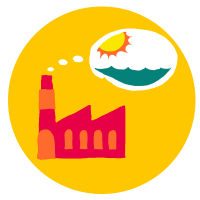
Re-Imagining Industrial Systems
More people use more stuff. And the mechanization of many of today’s industrial systems has had a lasting impact on the natural world and all of us. What do we mean by industrial systems? It is a combination of interrelated, interdependent and interacting components and activities, all related to a single topic. The energy system, for example, includes the extraction of raw materials, production, transport, and ultimately energy use and emissions. Every step of these systems offers a chance for exploration and improvement.
This is an opportunity for your students to think big. Whatever system they focus on – waste management, energy production, food, the life cycle of consumer goods – their proposed solution should be far-reaching and have a deep impact. Recycling your paper isn’t a solution that will fly in this category. Instead, your students might consider changing the way forests are managed, lumber is utilized, or rethinking what products are made from paper in the first place.
- Re-imagining a big system to make it environmentally sustainable and more equitable requires innovation and collaboration. What large-scale systematic changes can your students propose?
Why do Teachers Love the World of 7 Billion Student Video Contest?
Over the years, we’ve received a lot of positive feedback from teachers of all subjects from all over the world.
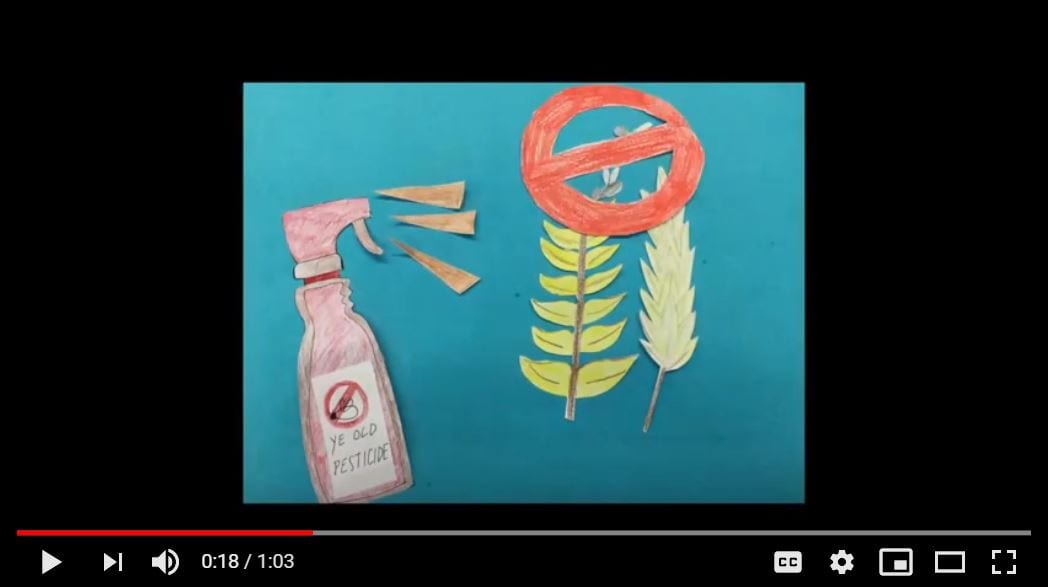
Screenshot from 2019-2020 winning video.
Kathy, a media specialist, was impressed the contest provided so many areas for students to practice important skills, sharing that students “became more aware of population/social/environmental concerns (Informed Global Citizenship), discussed different positions on global issues (Social Skills), researched a topic to find out more information (Research Skills), and worked together with a team (Collaboration and Communication Skills).” Debbie Beth, a 7th grade teacher, said the contest is “a great platform for technology usage.”
High levels of engagement and delving into real-world topics is also a crucial component of the video contest. “This project kept [the students] very engaged on topics that are so, so important in making our world a better place,” said 6th grade teacher Leslie. And Shiloh, a high school World History teacher, shared: “I always have students research a problem the world currently faces, but this took it further since they had to develop a sustainable solution and then apply it to a real world application of creating a video to share out to an authentic audience! Thank you for creating this wonderful learning opportunity.”
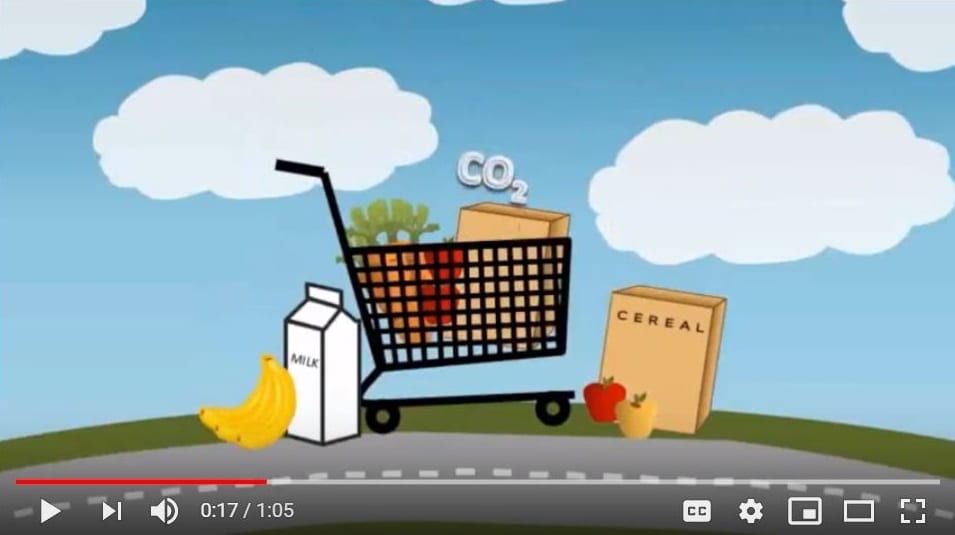
Screenshot from 2019-2020 winning video.
Giving students choices and ownership over their own learning was key for 9th grade teacher Daniel who said: “My favorite thing about this project is that it offered me a way to give [students] choice into what specifically they wanted to know more about. They were really engaged throughout.”
Ready to Assign the Video Project? These Teacher Guides and Tools Make It Easy
Head over to contest website to find everything you need to integrate the video contest into your teaching plans. An intro video provides a nice overview and from there, you can download the helpful lesson plan Moving Messages – Pop Videos.
The site also includes materials for direct use by your students. Grade-appropriate background readings on each of the three topics will give your students many ideas for possible areas to focus their videos, a scaffolded Solution Organizer helps them work through the process of identifying and developing their sustainable solution, and the Judging Rubric makes it very clear how the videos will ultimately be assessed.



